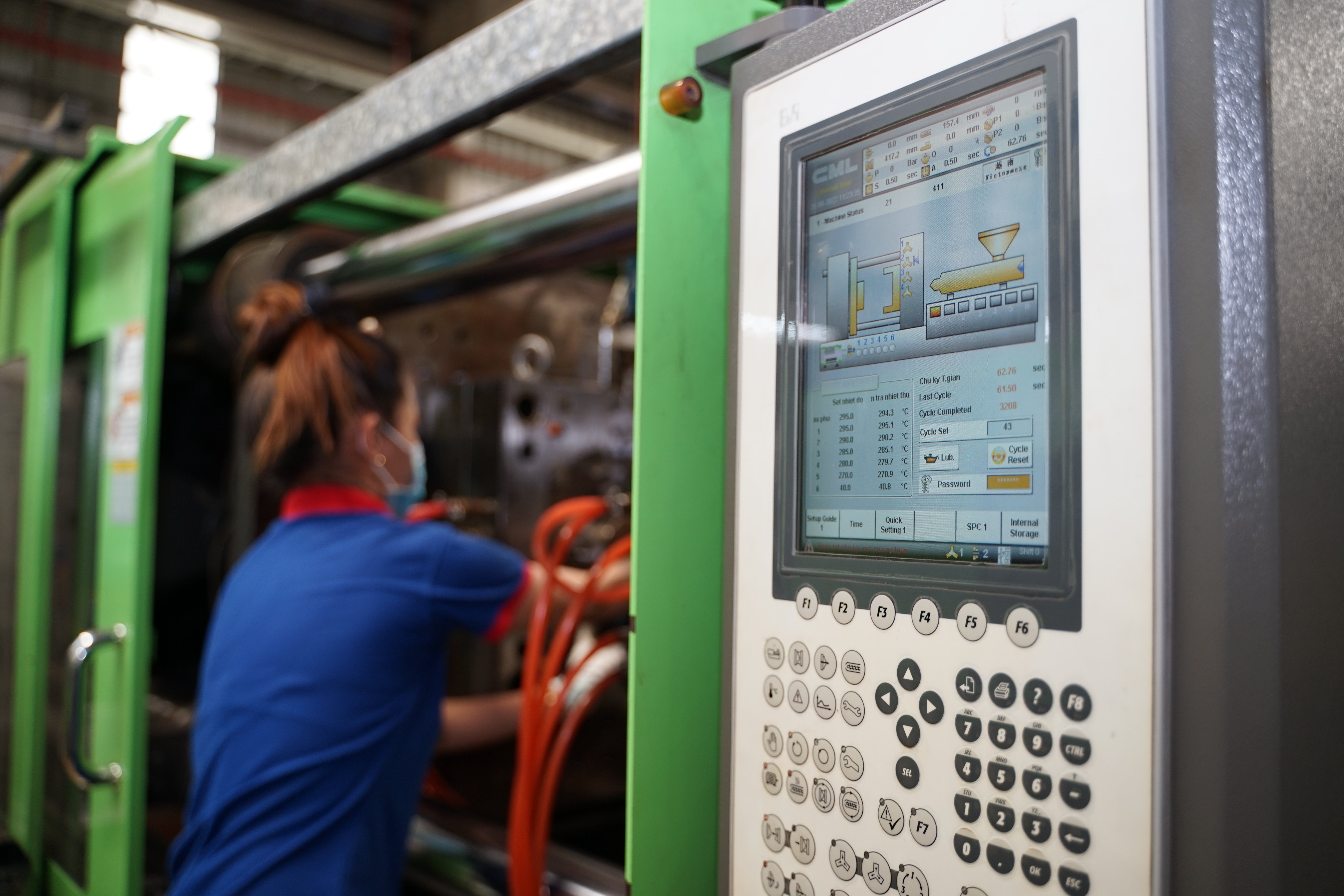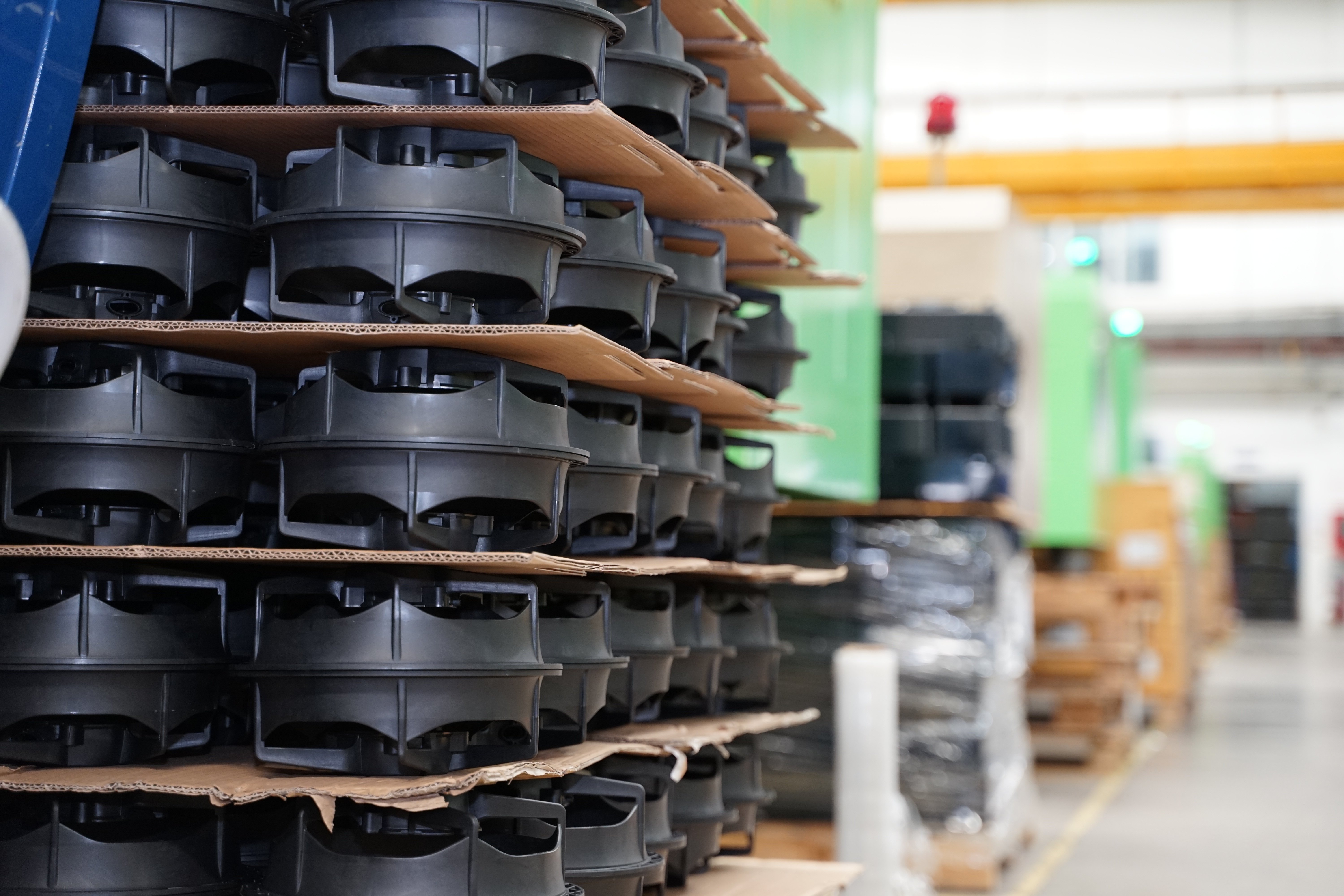The cost of injection mold tooling varies significantly depending on where in the world they are made. From the shores of the United States to the manufacturing hubs of Asia, a range of factors contribute to these regional differences. Sure, you may already know that the closer to the US, the more expensive, but there are 5 other main factors that will impact your injection tooling price.
1. Labor Costs and Skill: (25-30%)
Approximately 25-30% of the total cost of a mold is attributed to labor expenses. Skilled labor in developing countries is considerably less expensive than in the United States, where unions, benefits, high living costs, and a limited supply of talent keep hourly rates high. In contrast, developing nations boast a larger pool of skilled talent, often resulting in lower labor rates. Notably, certain regions like Western Europe (e.g., Portugal) and former Eastern Bloc countries (e.g., Poland, Romania) possess mold design and building skills on par with those in more developed countries such as the United States and Germany.
You’ll find that trade skills are more prevalent in Asia, a response to Japan’s manufacturing boom in the early 1970s with their fuel-efficient cars, which contrasted with the popular muscle cars in the US market during the 1960s. The strategy in the US to compete with the Japanese was to focus on the enhancement and promotion of bachelor's programs, resulting in higher technical education in the United States. Consequently, many people from overseas pursue bachelor's degrees in the US before returning home with their talent. In the US, technical skills often gravitate towards other sectors, while many other countries incentivize people to pursue trades through paid education.

2. Technology and Infrastructure: (20-25%)
Technology and infrastructure costs, typically categorized as overhead, make up around 20-25% of the mold cost. In this category, The United States enjoys a competitive advantage by relying on automation to offset high labor costs. China, historically dependent on lower labor rates, is gradually investing in technology and automation as other countries undercut its labor prices.
3. Material Availability and Costs: (15-20%)
Materials used in mold production contribute to 15-20% of the mold cost and have variable prices, particularly during disruptions in global supply chains - something you may have noticed in recent years. Countries with mature supply chains and robust inventory management systems, such as the US and China, tend to fare better in terms of material availability and costs. The US typically prioritizes higher-quality materials, aiming to build durable molds, while lower-cost countries may prioritize lower-quality materials to minimize initial costs with the potential to replace molds later. Also keep in mind that raw material prices vary depending upon the quality of steel you purchase for the tool.

4. Government Policies/Regulations:
Government policies and regulations, while not primary drivers, can influence mold manufacturing to some extent. The US and the EU, known for their stringent regulations, may impose restrictions on certain finishing materials or processes due to by-products – increasing the cost of compliance. Tariffs and trade barriers might come into play when shipping molds between some importing and exporting countries.
5. Market Demand and Scale:
As with any good or service, market demand and scale play a significant role in regional alternatives of injection mold tooling costs. Countries like China have a large supply of factories and mold makers, in which makes for increased competition and lower prices. As the US economy becomes more service-oriented, tool manufacturing tends to relocate to places around the world where the plastic molding is performed, shifting the center of gravity for demand away from the US. This lowers supply within the US, driving up prices.
Furthermore, the growing demand for renewable energy sources like solar, hydroelectric, and wind power is expected to drive a compounded annual growth rate (CAGR) of 5% for mold manufacturing over the next decade. However, alternative manufacturing technologies like additive manufacturing pose competition, particularly for lower-volume production, offering unique geometries and cost-effective solutions for personalized or high-mix low-volume manufacturing.
While injection mold tooling costs vary significantly based on where in the world it’s made, ,. labor costs, skill levels, technology and infrastructure, material availability/type and costs, government policies, and market demand all contribute to the cost factors. By taking these factors into account, manufacturers can make informed decisions when it comes to sourcing their injection mold tooling, ultimately driving efficiency and cost-effectiveness in their operations.




.jpg?width=176&height=56&name=MR_associatedNetwork_logo%20(1).jpg)